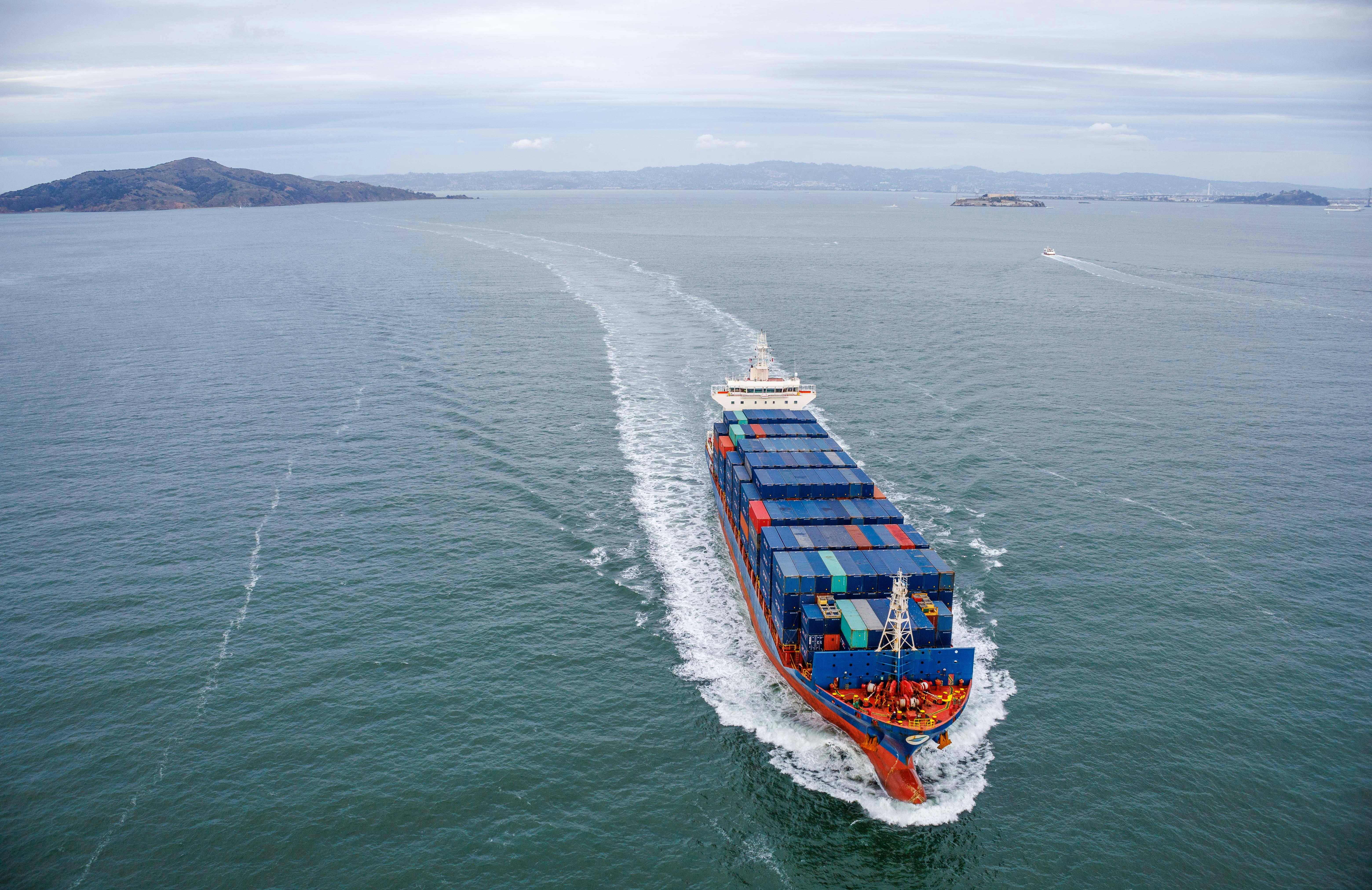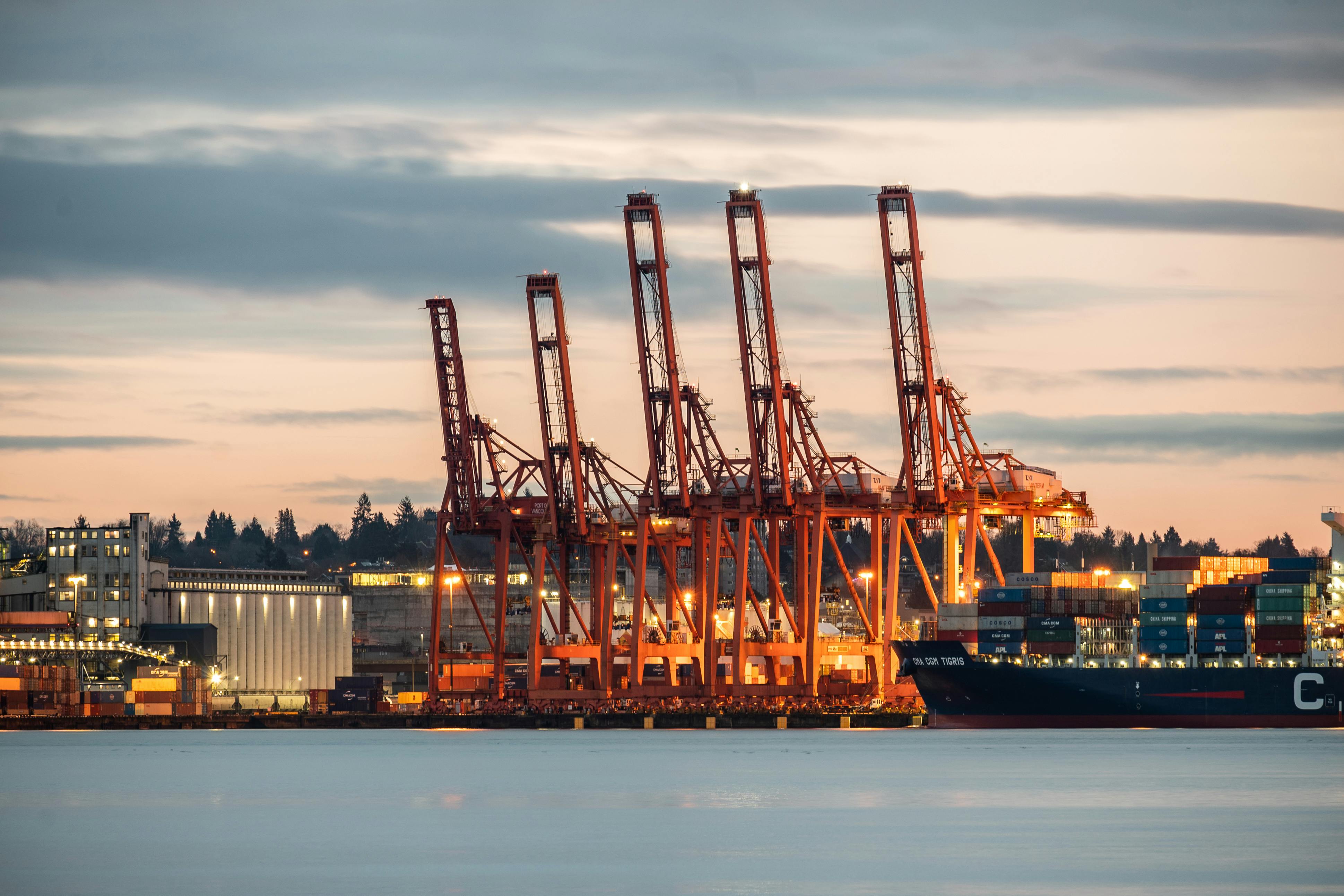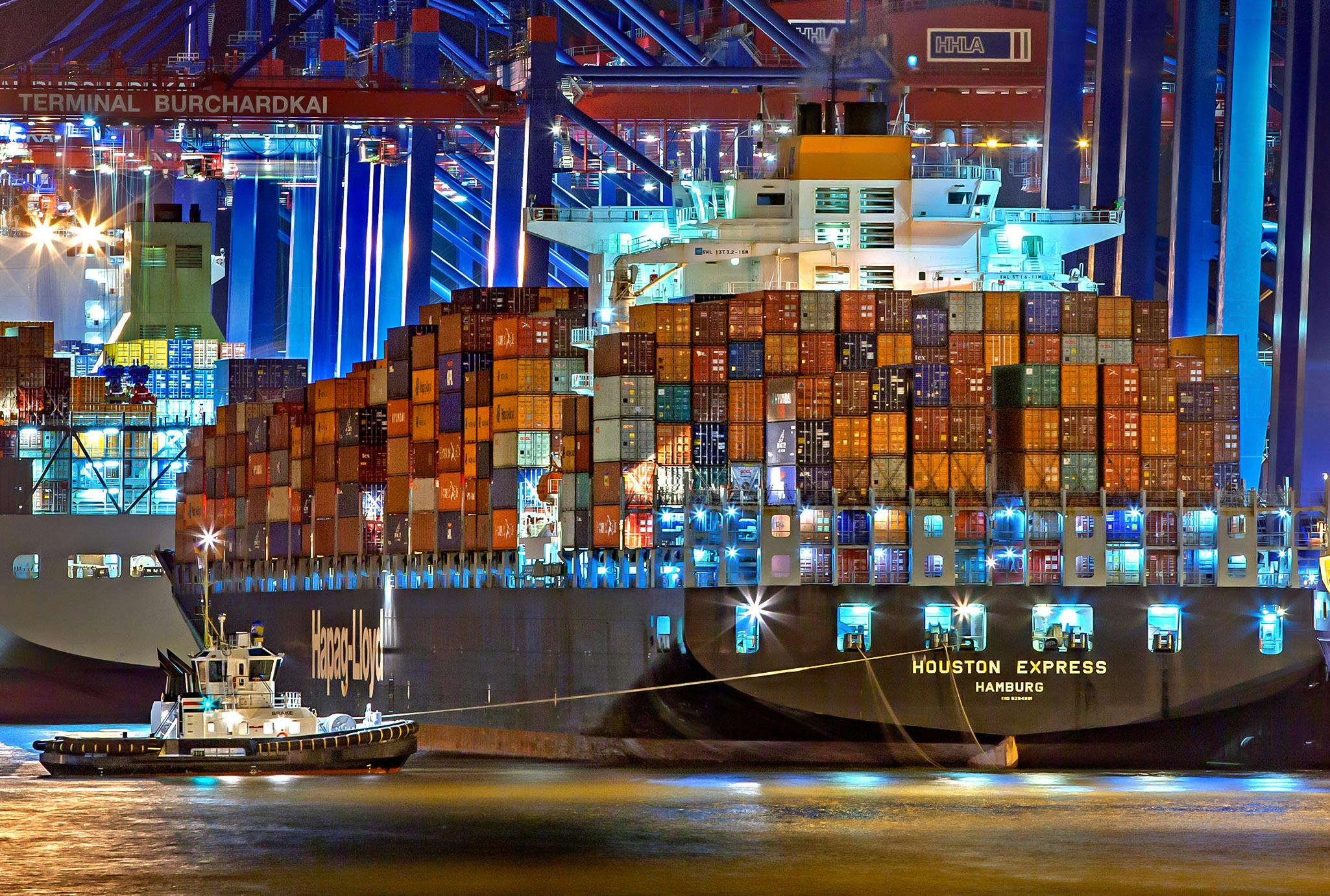Revitalizing U.S. Shipbuilding – Trump’s New Initiative
How the U.S. Aims to Rebuild Its Shipbuilding Industry and Compete with China

March 10, 2025
For decades, the U.S. shipbuilding industry has struggled to compete with global giants—especially China, the world’s top producer of container ships. Now, former President Donald Trump has announced a bold plan to change that. His administration aimed to create a dedicated Office of Shipbuilding within the White House and introduce special tax incentives to help the sector grow. But why is this such a big deal? Let’s break it down.
Announcement of Shipbuilding Office and Tax Incentives
During a speech to Congress, Trump revealed his administration’s plan to establish a new office focused entirely on revitalizing U.S. shipbuilding. Alongside this, the government would offer tax breaks to encourage investment and innovation in the industry. The goal? To rebuild a once-thriving sector and reduce dependence on foreign-built ships.
For years, U.S. shipyards have faced rising costs and stiff competition from overseas manufacturers. By offering financial incentives, the government hopes to make domestic production more attractive, boosting both jobs and national security.
Executive Order and Proposed Measures
According to reports, the Trump administration was working on an executive order with 18 specific measures aimed at reshaping the industry. One key proposal was to raise fees on Chinese-built ships and cranes entering the U.S. This move would make Chinese imports more expensive, potentially driving demand for American-made alternatives.
Other measures likely included increased funding for U.S. shipyards, streamlining regulations, and strengthening partnerships with private companies to fuel innovation.
U.S. Concerns Over Chinese Dominance in Shipbuilding
The motivation behind these efforts is clear: China dominates the global shipbuilding market. By producing ships at lower costs—often with government subsidies—China has outpaced competitors, including the U.S. and Europe. American policymakers worry that this not only hurts U.S. industry but also creates security risks, especially when it comes to critical infrastructure like ports and cargo systems.
Past U.S. administrations, including Joe Biden’s, have also expressed concerns that China uses unfair trade practices to maintain its dominance. While Trump’s plan focused on shipbuilding, the broader issue of economic competition with China remains a major topic in Washington.
China’s Response to U.S. Accusations
Unsurprisingly, China dismissed these claims, arguing that the U.S. was simply looking for a scapegoat for its own industry struggles. Chinese officials insist their success comes from efficiency and strong industrial policies, not unfair advantages.
This is a familiar pattern—when the U.S. accuses China of trade manipulation, China responds by accusing the U.S. of politicizing economic issues.
Bipartisan Agreement on Supporting U.S. Shipbuilding
Despite the usual political divide in Washington, both Republicans and Democrats seem to agree on one thing: the U.S. needs to rebuild its shipbuilding capabilities. Concerns over China’s industrial policies, trade practices, and strategic influence have led to rare bipartisan support for strengthening domestic manufacturing.
Many lawmakers believe investing in U.S. shipbuilding will not only create high-paying jobs but also enhance national security, reducing reliance on foreign-built vessels.
Broader Context of U.S.-China Tensions
This shipbuilding push is just one piece of a much larger puzzle. U.S.-China relations have been tense for years, with disputes over:
Trade and tariffs
Technology competition (like semiconductors and AI)
The origins of COVID-19
Human rights issues
Taiwan’s self-determination
Security concerns in Hong Kong
Ownership of TikTok and other Chinese tech companies
With all these issues at play, it’s clear that shipbuilding isn’t just about ships—it’s about economic power, national security, and global influence.
Conclusion
Trump’s proposed shipbuilding office and tax incentives were part of a larger effort to counter China’s influence and revive U.S. industry. While the plan faced criticism and uncertainty, it highlighted a growing consensus that the U.S. must invest in its own manufacturing base.
Whether or not these policies had a lasting impact, one thing is clear: the fight for dominance in global trade—and the waters that carry it—won’t be ending anytime soon.








